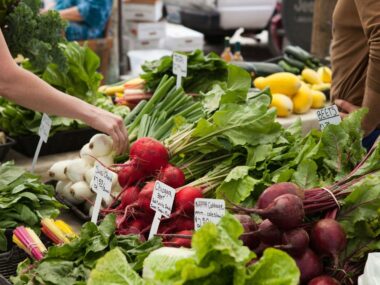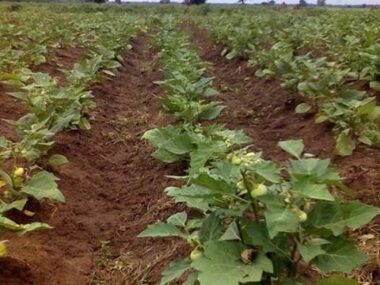- Introduction: Livestock farming plays a crucial role in global food production, providing meat, dairy, and other animal products essential for human nutrition. However, the industry faces numerous challenges, including environmental sustainability, animal welfare concerns, and economic viability. In this comprehensive guide, we will explore sustainable practices for livestock farming, focusing on methods to ensure the health and well-being of animals while optimizing productivity and profitability.

sheep farm
- Animal Welfare and Husbandry Practices: Livestock welfare is paramount in ethical farming. Implementing proper husbandry practices ensures the physical and psychological well-being of animals. This includes providing adequate shelter, clean water, nutritious feed, and proper healthcare. Additionally, allowing animals to exhibit natural behaviors, such as grazing for ruminants or rooting for pigs, contributes to their welfare.
- Grass-Based and Pasture-Raised Systems: Grass-based and pasture-raised systems offer numerous benefits for both animals and the environment. Grazing animals on diverse pastures not only provides a natural and varied diet but also promotes soil health and biodiversity. Rotational grazing systems can improve forage utilization and reduce the risk of overgrazing, leading to healthier animals and more sustainable land management.
- Feed Management and Nutrition: Proper nutrition is essential for livestock health and productivity. Formulating balanced diets tailored to the nutritional needs of each species and stage of production is crucial. Utilizing locally sourced feed ingredients, reducing reliance on imported grains, and incorporating by-products from other agricultural sectors can enhance sustainability and reduce feed costs.
- Animal Health and Disease Prevention: Preventing diseases through proactive management practices is more effective and humane than treating sick animals. Implementing biosecurity measures, such as quarantining new arrivals and controlling vectors, minimizes the risk of disease introduction and transmission. Vaccination programs, regular health monitoring, and prompt veterinary care are essential components of disease prevention.
- Genetic Selection and Breeding Programs: Genetic selection plays a significant role in shaping livestock traits related to productivity, health, and adaptability. Breeding programs aimed at improving disease resistance, feed efficiency, and reproductive performance can enhance overall herd or flock resilience. Additionally, selecting for traits that align with sustainable production goals, such as heat tolerance or drought resistance, can mitigate environmental challenges.
- Manure Management and Nutrient Recycling: Livestock manure is a valuable resource that, when managed properly, can benefit both farms and the environment. Implementing nutrient management plans to optimize the use of manure as fertilizer reduces the need for synthetic inputs and mitigates nutrient runoff into waterways. Techniques such as composting, anaerobic digestion, and incorporating manure into cropping systems improve soil health and nutrient cycling.
- Animal Housing and Infrastructure: Providing appropriate housing and facilities is essential for meeting the needs of livestock while ensuring efficient farm operations. Housing should offer protection from extreme weather conditions, adequate space for movement and rest, proper ventilation, and access to clean water and feed. Well-designed infrastructure, including handling facilities and waste management systems, enhances animal welfare and worker safety.
- Technology and Innovation in Livestock Farming: Advancements in technology offer opportunities to improve productivity, efficiency, and sustainability in livestock farming. Precision livestock farming technologies, such as wearable sensors and automated monitoring systems, enable real-time data collection on animal health and behavior. Additionally, innovations in feed formulation, genetic analysis, and waste management contribute to more resource-efficient and environmentally friendly farming practices.
- Market Opportunities and Value-Added Products: Diversifying market opportunities and adding value to livestock products can enhance farm profitability and resilience. Exploring niche markets, such as organic or grass-fed products, direct-to-consumer sales, and value-added processing, allows farmers to capture higher prices and build brand loyalty. Developing relationships with local restaurants, retailers, and consumers can create opportunities for product differentiation and market expansion.
- Conclusion: Livestock farming, when practiced sustainably, can contribute to foodsecurity, rural development, and environmental stewardship. By prioritizing animal welfare, implementing efficient production practices, and embracing innovation, farmers can build resilient and profitable operations that support both people and the planet. Embracing the principles of sustainability ensures that future generations can continue to benefit from the essential role of livestock in agriculture.










